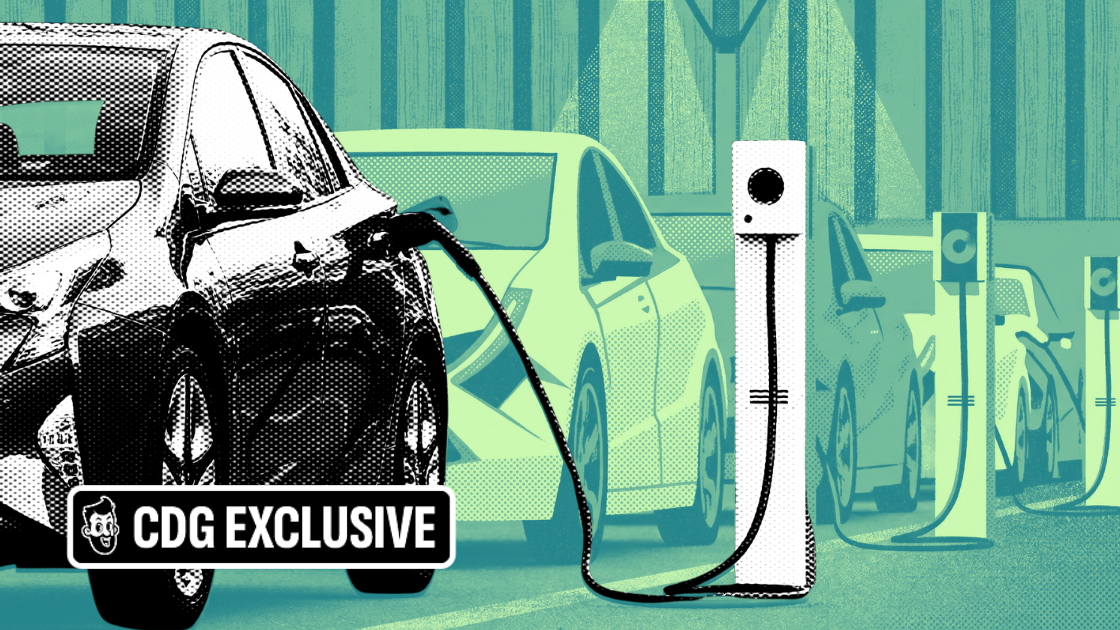New vehicle retail sales are expected to rise 6.7% in June, continuing year-over-year growth despite demand showing signs of cooling.
Driving the news: According to a J.D. Power and GlobalData forecast retail sales are projected to reach 1.02 million units, but adjusted for fewer selling days, sales actually dropped 1.5% compared to this time last year.
June marks the slowest sales pace in the past 12 months.
For the first half of 2025, retail sales are up 7.5% year-over-year.
One of the biggest reasons for June's sales results has less to do with actual consumer demand, and more to do with wonky timing.
The CDK Global software outage in June 2024 wiped out roughly 85,000 vehicle sales, making this year's comparisons look better than they really are.
More importantly, about 173,000 extra vehicles were sold in March and April as buyers rushed to beat expected tariff-driven price hikes.
Thomas King, president of J.D. Power's data division, calls this a "payback effect" that's now dragging June sales below where demand actually sits.
And that matters because inventory levels are piling up. Retail inventory has jumped 22.9% year-over-year to 2.16 million units, with days of supply climbing from 49 to 54 days.
But despite rising inventory that would normally trigger bigger discounts, manufacturers are actually pulling back on incentives to shield themselves from tariff costs.
Average incentive spending as a percentage of MSRP has dropped from 6.1% in January to just 5% in June.
While the dollar amount per vehicle hit $2,727 (up $39 year-over-year, but a smaller discount relative to rising prices)
Basically, automakers are choosing to protect their margins against tariff costs rather than responding to inventory buildups the traditional way.
And if we follow the money... transaction prices keep climbing.
The average retail price hit $46,233—up $1,400 from June 2024.
Monthly finance payments hit a June record of $747, up $22 from last year.
Meanwhile, 84-month financing terms jumped to 12% of sales as buyers stretch payments to make the math work.
The big question: How long can automakers balance tariff cost pressures without losing buyers?
Current tariffs are jacking up manufacturer costs by roughly $4,275 per vehicle on average.
But so far, MSRPs haven't budged much, with manufacturers eating costs through reduced incentives rather than sticker shock.
Bottom line: June's headline growth is hiding a market wrestling with timing distortions, and rising costs. As the tariff-driven spring rush fades, manufacturers face a choice—protect margins or keep vehicles affordable for budget-conscious buyers. They can't do both forever.
A quick word from our partner
It’s all inside the machine.
Minimizing risk and maximizing profits is about more than knowing what’s happening today. It’s about seeing what’s around the corner.
The Lotlinx VIN Manager is the industry’s first inventory data platform that presents powerful insights and predictions at the intersection of inventory management, customer data, and media consumption data.
Promote Smarter
Procure More Effectively
Price with Precision
Gain Unparalleled Market Clarity
Visit lotlinx.com to see how the Lotlinx machine can power your dealership.

OUTSMART THE CAR MARKET IN 5 MINUTES A WEEK
No-BS insights, built for car dealers. Free, fast, and trusted by 55,000+ car dealers.












